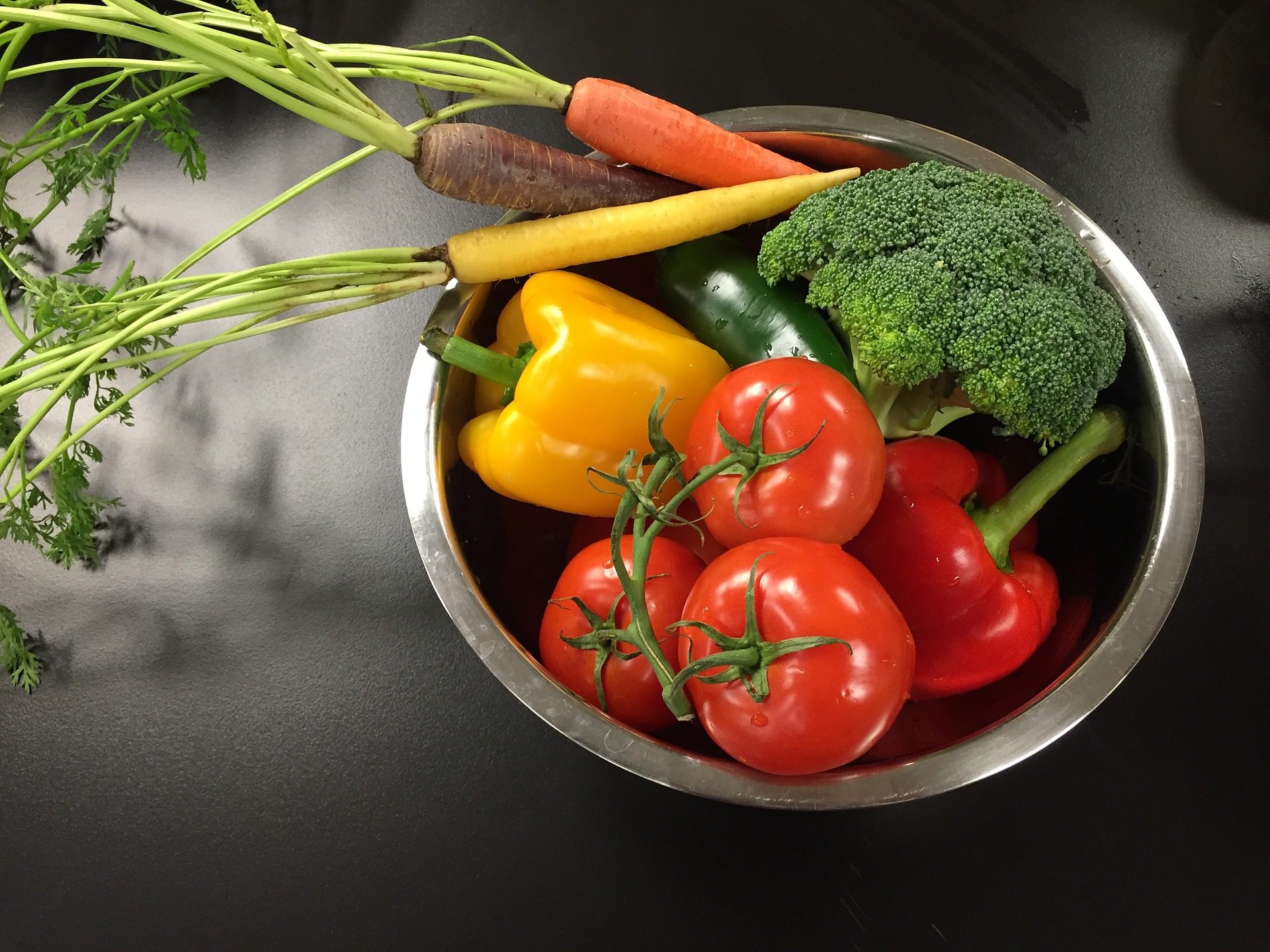 Jacqueline Sosa/Pixabay
Jacqueline Sosa/Pixabay
An available variety of nutritious foods is good for human health
Variety-specific differences within staple crops can often be the difference between nutrient adequacy and nutrient deficiency in populations and individuals. Significant nutrient content differences in meat and milk among breeds of the same animal species have also been documented. Wildlife, from aquatic and terrestrial ecosystems, is a critical source of calories, protein and micronutrients like iron and zinc for more than a billion people. Fish provide more than 3 billion people with important sources of protein, vitamins and minerals.
Wild biodiversity has an important role in contributing to food production and security in many agroecosystems worldwide. Wild foods include varied forms of both plant and animal products, ranging from fruits, leafy vegetables, woody foliage, bulbs and tubers, cereals and grains, nuts and kernels, saps and gums (which are eaten or used to make drinks), mushrooms, to invertebrates such as insects and snails, honey, bird eggs, bushmeat from small and large vertebrates, reptiles, birds, fish and shellfish. These examples reflect broad groups and not the dozens of species included within each wild food type. These various wild foods add diversity to the diets of people and communities who make extensive use of them.
More information: